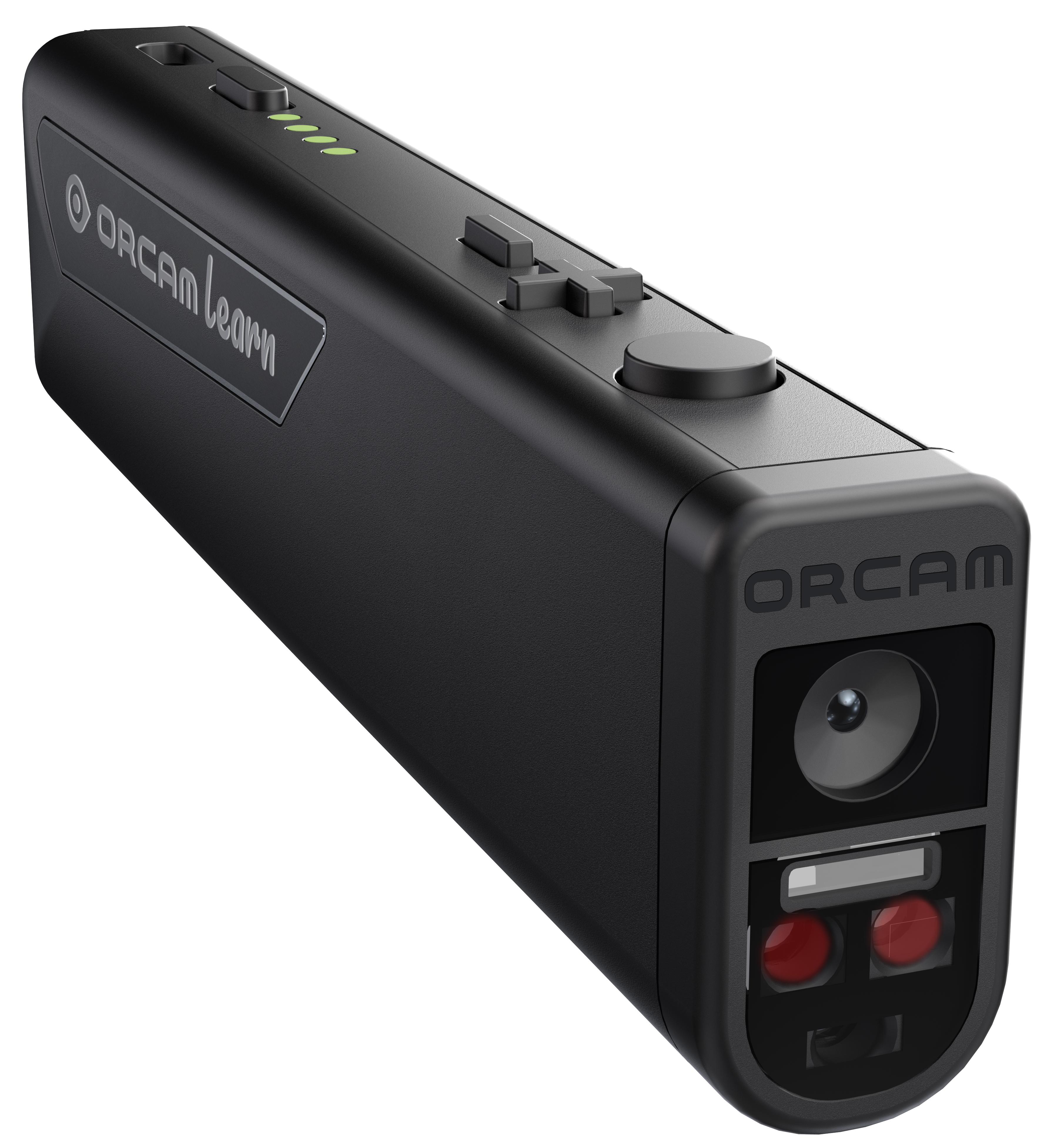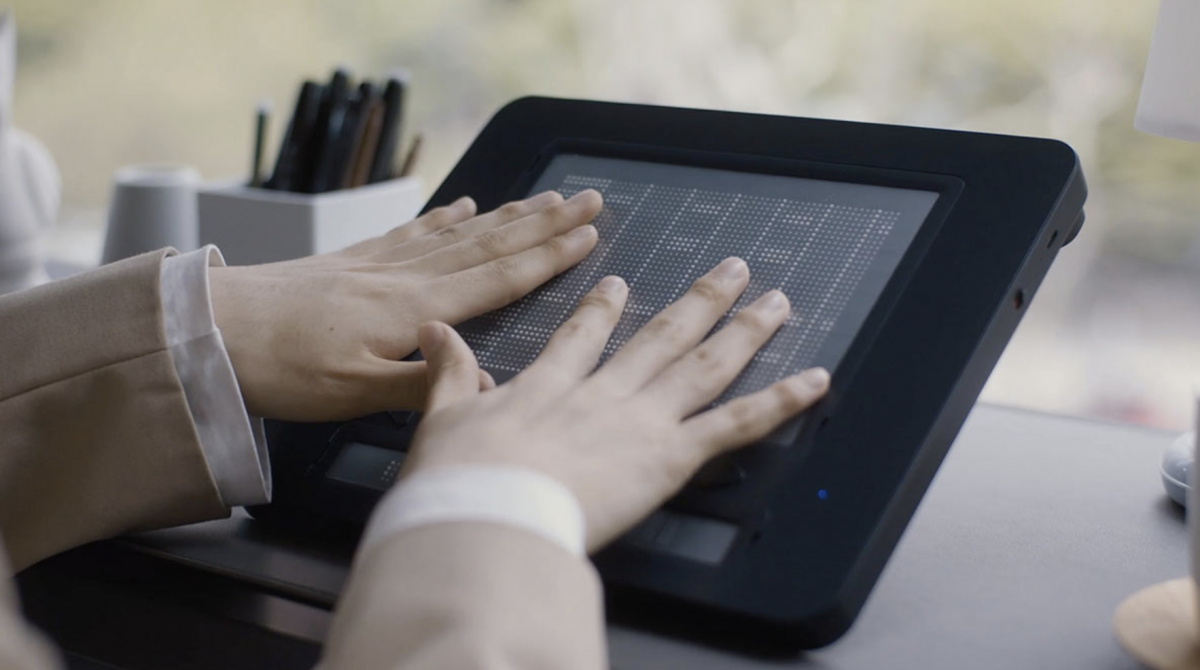Screen Readers for the Blind: Accessing Information Without Barriers
Screen Readers for the Blind: Accessing Information Without Barriers
Blog Article
Empowering Independence With Assistive Innovation for the Blind
The integration of assistive innovation right into the lives of people with visual impairments stands for a substantial development in promoting self-reliance and self-sufficiency. From innovative display viewers to innovative smart canes, these tools not only enhance everyday navigation and interaction however also equip individuals to involve meaningfully in numerous aspects of life. As we discover the myriad advantages and real-world applications of these technologies, it becomes important to examine the underlying factors that contribute to their effectiveness and the capacity for future developments in this vital field.
Summary of Assistive Technology

The advancement of assistive modern technology is grounded in concepts of inclusivity and empowerment. Innovations in software, hardware, and sensory improvements offer customers with alternatives customized to their certain needs. From display readers that transform message to speech, to responsive devices that convey info with touch, these devices change the method people involve with their environments.
Along with functional applications, assistive technology cultivates better social addition and engagement in different markets, including education and learning and work (Braille displays and notetakers). As research study and development continue to advance, the capacity for assistive innovation to better improve the lives of visually damaged people continues to be appealing, paving the method for a more fair culture where everyone can thrive
Kinds Of Assistive Instruments
A range of assistive devices have arised to sustain people with aesthetic problems, each made to fulfill particular demands and improve day-to-day performance. These tools vary from low-tech remedies to high-tech advancements, providing diverse alternatives for customers.
Low-tech devices consist of magnifiers and large-print materials that assist in reading and writing. Braille devices, such as Braille stylus pens and slates, make it possible for responsive analysis and interaction. Positioning and movement help, like white walking canes, assist customers navigate their atmosphere safely.
On the higher end of the range, digital magnification systems and display visitors provide substantial support. Electronic magnifiers allow individuals to expand message and photos on displays, while screen viewers convert digital material into synthesized speech, facilitating accessibility to information on computers and smartphones.
Smartphone applications likewise play an essential function, supplying features like text recognition and navigating aid. Wearable innovation, such as clever glasses equipped with increased reality, is emerging as an encouraging tool to enhance situational recognition.
Benefits of Assistive Technology
The combination of assistive modern technology significantly boosts the quality of life for people with aesthetic disabilities. These technologies equip users by advertising freedom, enabling them to navigate their environments extra efficiently and perform everyday tasks with better simplicity. Screen visitors and magnifying software program allow individuals to gain access to digital information, fostering professional and educational opportunities that may have previously been out of reach.
In addition, assistive gadgets such as clever walking canes and GPS applications offer real-time navigation support, improving flexibility and safety. This raised freedom not only enhances self-confidence however likewise encourages social involvement, permitting customers to participate even more completely in their areas.
Assistive innovation additionally promotes communication, aiding individuals get in touch with others via voice recognition and text-to-speech applications. This ability is essential for maintaining relationships and accessing important information.
In addition, the customization choices available with numerous assistive technologies make certain that customers Get the facts can tailor devices to their details demands, even more improving functionality and effectiveness. Overall, the benefits of assistive innovation for individuals with aesthetic problems are profound, advertising a more comprehensive culture where everyone can seek their ambitions and objectives.
Study and Success Stories
Highlighting the transformative effect of assistive technology, numerous situation researches highlight how individuals with aesthetic impairments have effectively incorporated these devices into their lives. One engaging instance entails a college trainee who made use of display reading software program to browse scholastic products and on the internet resources efficiently. This technology not just promoted her education and learning yet also boosted her confidence in taking part in discussions and group tasks.
An additional situation research features a professional that employs a mobile phone application created for navigation and item recognition. By utilizing this application, he has reclaimed freedom in both his individual and work atmospheres, enabling him to commute independently and involve with colleagues better.
In addition, a senior citizen shared her experience with braille e-readers, which allowed her to access a large selection of literature and remain connected with her community through book clubs.
These success tales underscore the important role of assistive technology in cultivating self-reliance, boosting top quality of life, and advertising social assimilation for people with visual problems (Speech-to-text devices for low vision). By accepting these ingenious devices, individuals can get rid of obstacles and seize possibilities that add to their individual and specialist gratification

Future Patterns in Assistive Innovation
Advancement in assistive innovation is positioned to redefine the landscape of support for people with aesthetic problems. Emerging fads highlight the assimilation of expert system (AI) and artificial intelligence, which boost the capability of tools that help with navigation and details accessibility. AI-driven applications are now capable of interpreting visual information in real-time, making it possible for individuals to engage with their setting much more separately.
Furthermore, the development of wearable technology is progressing quickly. Smart glasses geared up with enhanced truth (AR) can provide audio descriptions of surroundings, transforming exactly jennie glasses how customers interact with public rooms. These tools not just advertise freedom however also foster social addition.
In Addition, the Internet of Things (IoT) is making homes smarter, enabling for smooth connectivity between assistive gadgets and everyday appliances. This connection empowers individuals by enabling voice-activated controls and automatic feedbacks customized to specific needs.
Conclusion
Finally, assistive technology plays an essential duty in encouraging people with visual impairments by enhancing their independence and involvement with their environments. The diverse variety of tools and applications look here readily available not just promotes navigation and communication however likewise advertises social combination and possibilities for professional and personal development. As innovations proceed in this field, the capacity for boosting the lifestyle for those with visual problems will expand, fostering higher autonomy and empowerment.

Report this page